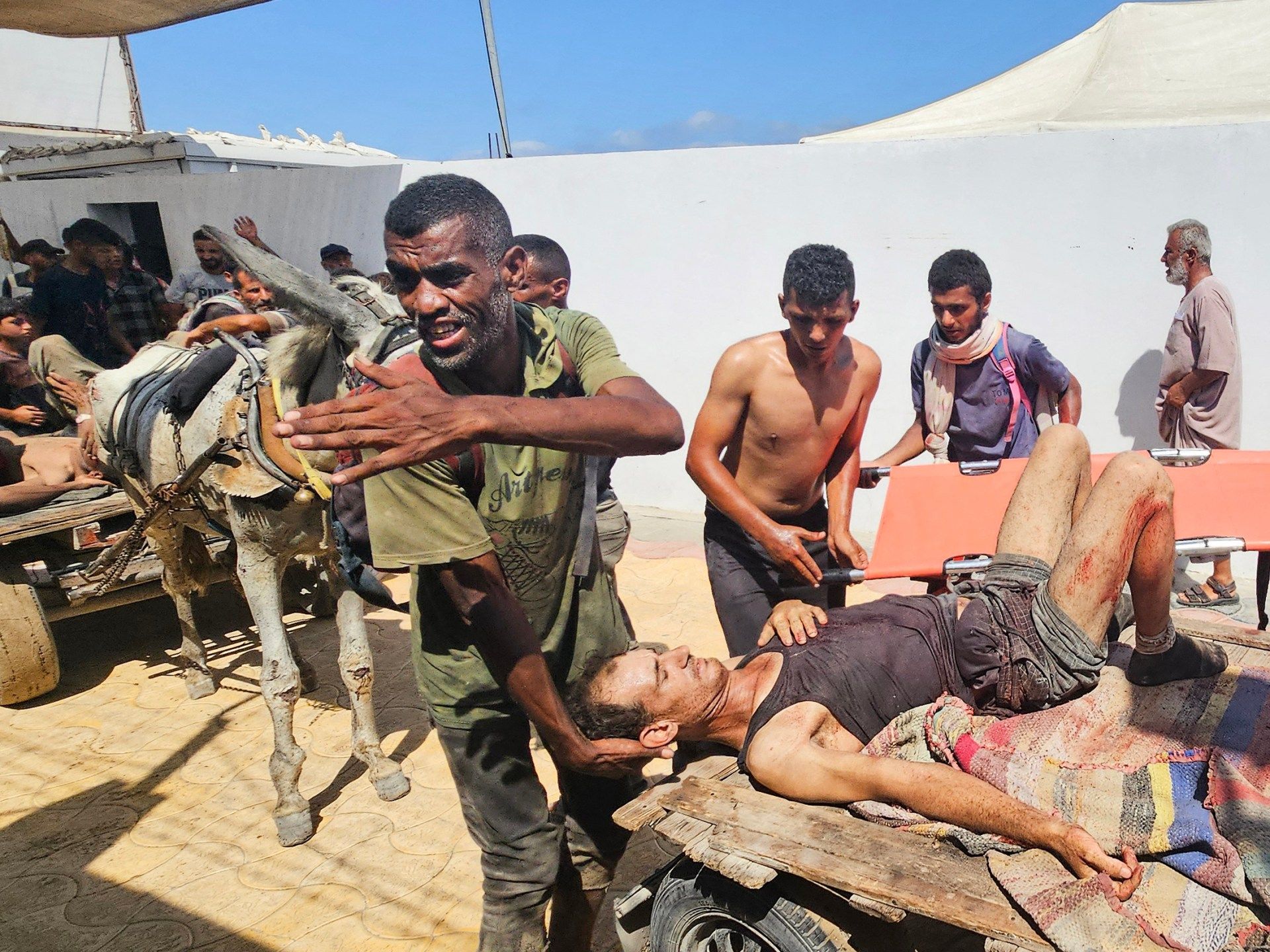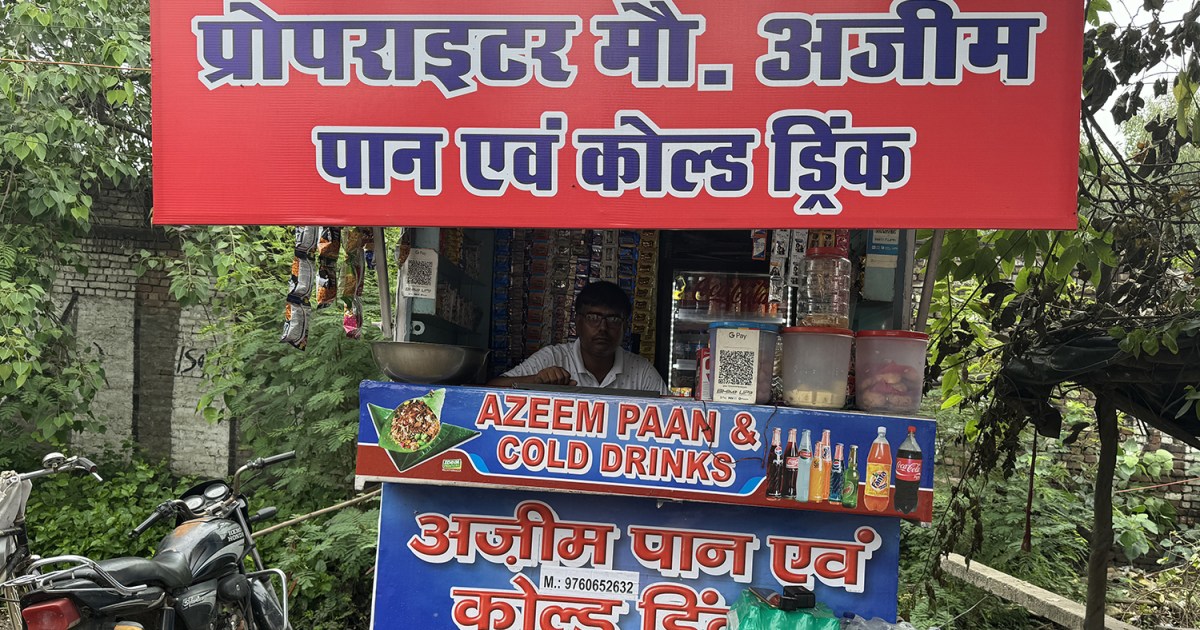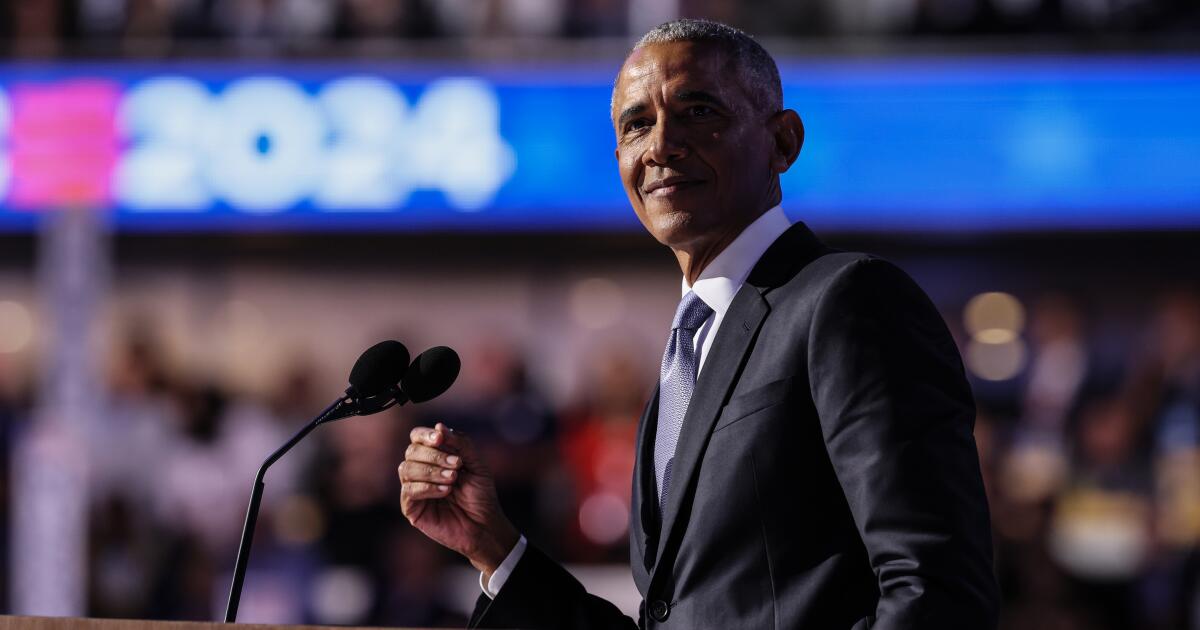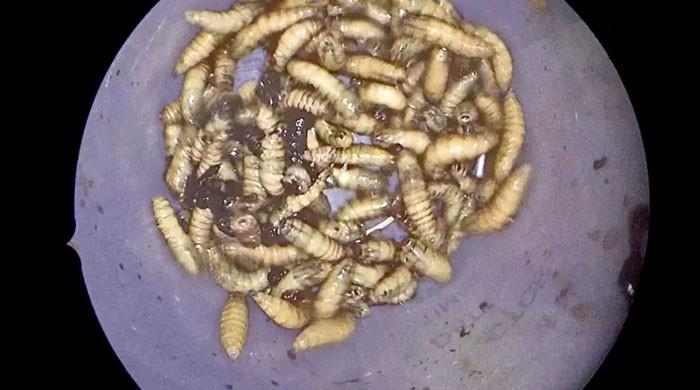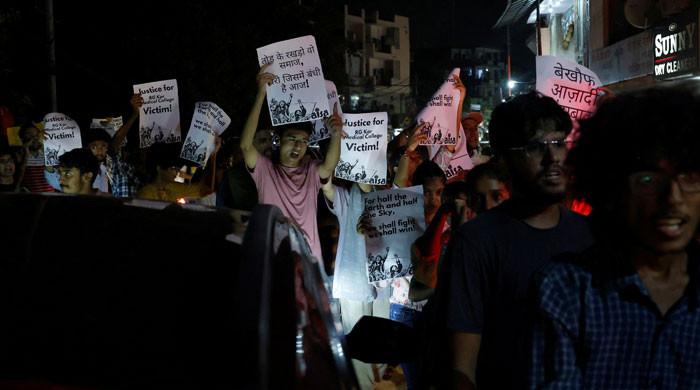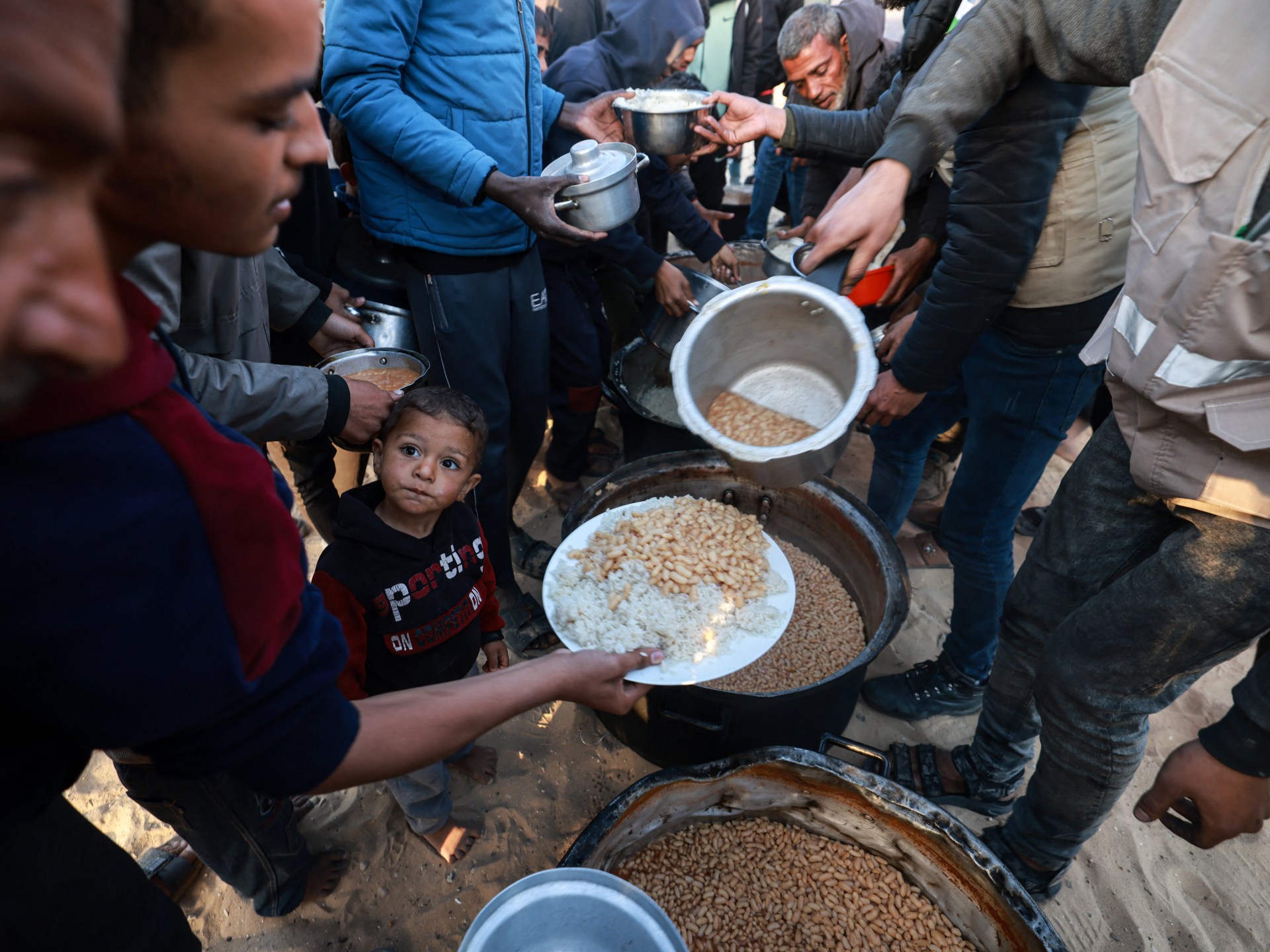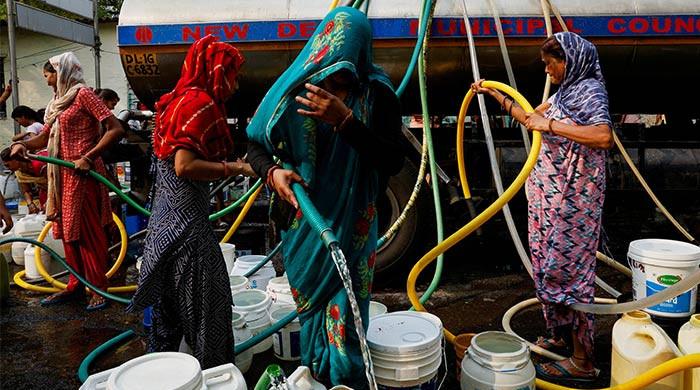Gaza's people starve in hunger, and one of the only ways in which they can obtain any food is to risk death by going to a help point directed by the famous Humanitarian Foundation (GHF) backed by Israel and the United States.
The Sanad de Al Jazeera agency analyzed the satellite images of the GHF Aid Distribution Center in the Rafah Shakoush area, taken on July 13.
Draw the trip of desperately hungry people waiting for hours, sometimes days, to walk an Israeli tanks, armored vehicles and drones where they risk being shot by Israeli soldiers.
This is what they have to happen:
How do people enter the center?
It is not as simple as “getting there.” People can carry vehicles or cars to a particular point, after which they have to disembark.
This point is at least 1.5 km (0.9 miles) from the distribution center, which means that they would have to walk back to that distance with the bags or boxes of food they can obtain.
To try to make sure they get something, people start arriving hours or even days before the center is distributed. Once they arrive, they don't leave because they don't want to lose their place, since some have already walked for hours to get there.
What is 'Al-Joura'?
Wanting to avoid waiting in the open, people rush at a distance of approximately 560 meters (1,800 feet) beyond an Israeli barrier for “al-joura”, a sandy well between dunes, where they look for coverage of Israeli bullets and accommodate to wait a unknown moment.
The physical difficulty is aggravated by unbearable heat and long waiting, since families often arrive from 12 to 24 hours before to wait for a “Go sign” to get some food.
What happens when the 'sign of going' arrives?
Usually, listening to the “Go sign”, usually from floating drones, means that people can approach the help point, which is still about 1 km away (0.6 miles).
But things often do not work in that way, and the risk of receiving a shot increases dramatically from here.
In addition to completing military control over Rafah, the Israeli army has barriers and numerous military vehicles that surround the aid distribution point.
Witnesses say that the nests of Israeli snipers, drones and military advanced positions reinforce this control.
The displaced Palestinians expect an Israeli army signal, which tells them that it is safe to go to the help site. However, witness reports say that people were shot even when they waited for a “sign of going” to go to the center.
The video published by Palestinian activists on July 14 showed Israeli fire to crowds in Al-Joura, moments before they approached the distribution door.
On July 12, Israeli forces killed 34 people who expected food aid at the GHF site.
So people who arrive at the distribution center are fine?
No, not always.
In addition to the general abuse facing the Palestinians at the hands of Israeli soldiers, a video of the soldiers to the Palestinians who rush to pepper as they approach the center has emerged.
How is it really getting help?
For those people who arrive at the doors of the center, the fight is not close.
The journalist Muhannad Qeshta, himself displaced from Rafah, discussed the jazeera aid distribution process.
He described chaos scenes fed by bad coordination, a lack of clear distribution schedules and a total absence of measures to organize the crowd.
People hurry to the center, where the tables have been established with help packages stacked at the top. It becomes a free for all, with desperate people who push and fight to obtain any amount of food they can handle.
Most end up leaving empty hands due to the overwhelming demand and limited supplies, without a tax order on who gets an aid package.
Those who get some food have to return the same path where hundreds or thousands of famous people are still trying to make their way to the help center.
The struggles have broken when desperate people try to snatch the food from the other's arms.
Who are the victims of help?
On Sunday, the Palestinian Ministry of Health published a press release on its Telegram channel, providing an update on “Help Victims.”
The Ministry said that in the last 24 hours, 31 people had died and more than 107 wounds when they reached the hospitals. This raised the total number of deaths of “victim of livelihoods” to 922 and injuries to 5,861.
On July 16, at least 21 Palestinians were killed during a stampede while trying to receive food rations.
According to an evaluation backed by the United Nations published in May, one in five people in Gaza currently faces the starvation as a result of the Israeli blockade in food and help, while 93 percent of the population suffers from severe food shortage.
Why is GHF 'Notorious'?
Facing international pressure to let Gaza help and want to put aside the UN and international agencies already established that work there, Israel proposed the GHF, claiming that it needed to avoid being diverted to the Palestinian group Hamas.
Israel did not present any evidence of food and medical assistance that diverted to the fighters or be used for something other than their planned purpose.
The UN and humanitarian organizations argue that the GHF Plan violates the fundamental humanitarian principles.
The humanitarian UN chief Tom Fletcher told the Security Council in May that the GHF “restricts the aid to only a part of Gaza while leaves other terrible needs.”
He argued that GHF makes the aid conditional to political and military objectives, converts hunger into a negotiation tool and serves as a “cynical lateral show” and a “fig tree sheet for greater violence and displacement.”
Eleven humanitarian and human rights organizations signed a statement in which they considered the GHF “a project led by Western security and politically connected military figures, coordinated in conjunction with the Israeli government.”

